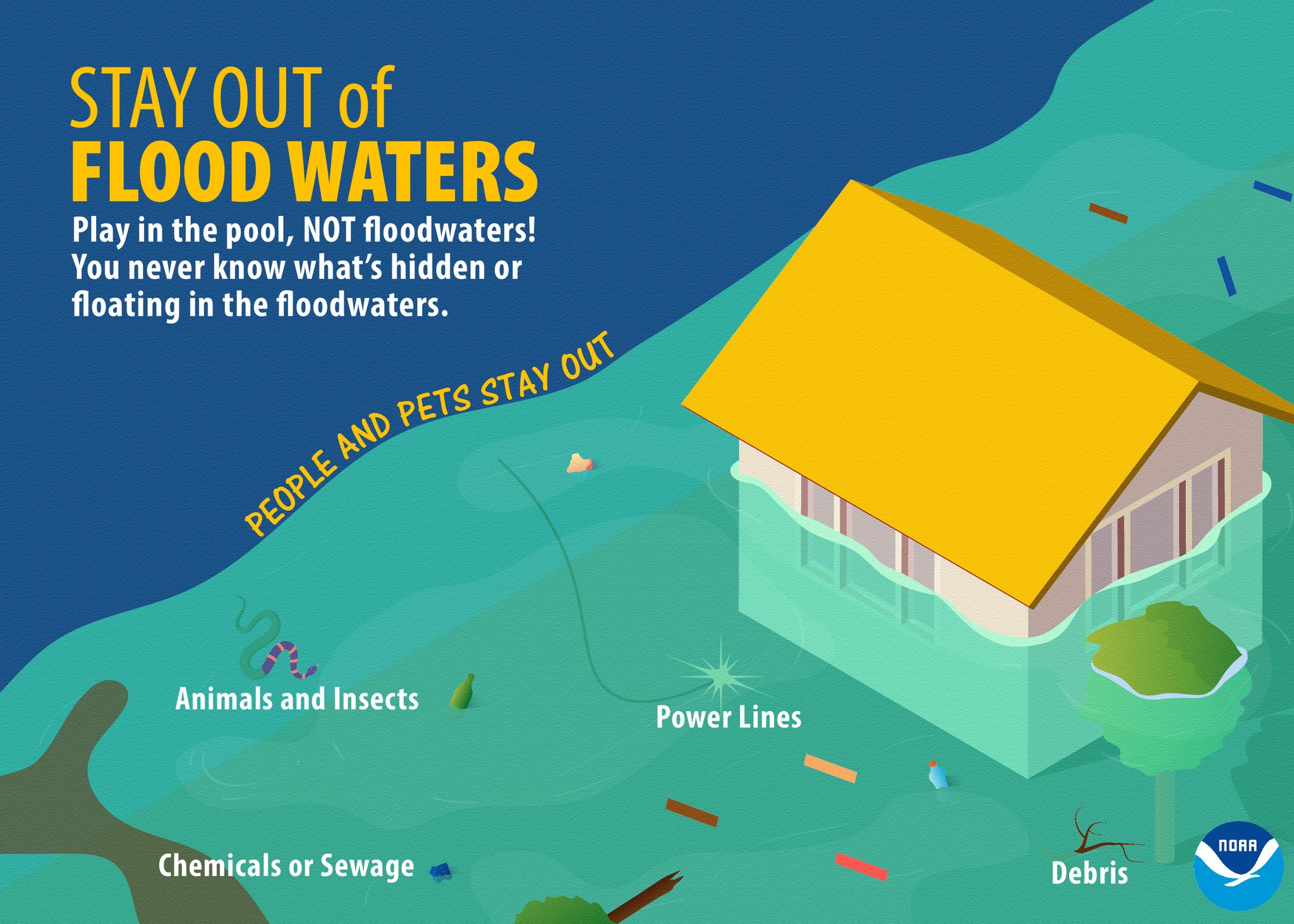Flash Flood Emergency: Safety Tips And Survival Strategies

Table of Contents
Understanding Flash Flood Risks and Warning Signs
Flash floods are rapid, sudden floods that occur within six hours (or less) of a heavy rainfall event. Several factors contribute to their formation. These include: intense and prolonged rainfall overwhelming drainage systems; dam or levee failures releasing large volumes of water; and rapid snowmelt in mountainous regions.
Geographically, areas with steep slopes, inadequate drainage systems, and those prone to intense rainfall are most vulnerable to flash floods. This includes mountainous regions, desert washes, and areas near rivers and streams.
Recognizing the warning signs of an impending flash flood is critical. Be on the lookout for:
- Rapidly rising water levels: A sudden and significant increase in water levels in streams, rivers, or normally dry areas is a major red flag.
- Increased water flow in streams and rivers: Observe changes in water velocity and volume. A noticeably faster and stronger current is a serious warning sign.
- Muddy water: A dramatic increase in water turbidity indicates significant runoff from heavy rainfall.
- Unusual sounds of rushing water: Listen for the roar of approaching water, which can signal a flash flood even before you see rising water levels.
- Official warnings from emergency services: Pay close attention to flash flood warnings, flood alerts, and severe weather alerts issued by your local meteorological agencies and emergency services. These are crucial indicators and should be taken extremely seriously.
Remember, heeding official warnings and staying informed about weather forecasts is paramount to your safety.
Creating a Flash Flood Emergency Plan
Preparedness is key to surviving a flash flood emergency. Developing a comprehensive family communication plan is essential. This plan should include:
- Designated meeting points both inside and outside your home.
- Contact information for all family members, including emergency contacts.
- Pre-determined evacuation routes and shelter locations.
Gather an emergency kit and store it in an easily accessible location. Your kit should include:
- Water (at least one gallon per person per day for several days)
- Non-perishable food items
- A well-stocked first-aid kit
- Essential medications
- Flashlights and extra batteries
- A battery-powered or hand-crank radio
- Important documents (IDs, insurance papers, etc.) stored in waterproof containers
Implementing good emergency preparedness practices, including developing a detailed flood evacuation plan and assembling a comprehensive disaster kit, significantly increases your chances of weathering a flash flood safely.
Flash Flood Safety During and After the Event
Actions During a Flash Flood:
- Immediately move to higher ground: This is the most crucial action. Do not wait for instructions; seek higher elevation as quickly as possible.
- Avoid driving or walking through floodwaters: Even seemingly shallow water can be incredibly dangerous, concealing deep currents, debris, and hidden hazards. “Turn around, don’t drown” is the golden rule.
- Turn off utilities if safe to do so: This helps prevent electrical shocks and further damage to your property.
- If trapped, seek refuge on the roof or upper floors of a sturdy building: If you cannot reach higher ground, find the safest possible refuge and wait for rescue.
- Call emergency services: If you need assistance, contact emergency services immediately.
Actions After a Flash Flood:
- Check for injuries and administer first aid: Prioritize the safety and well-being of yourself and others.
- Avoid contact with floodwaters: Floodwaters are often contaminated with sewage, chemicals, and debris, posing significant health risks.
- Report damage to authorities: Contact your local authorities to report any damage to your property or infrastructure.
- Follow official guidelines for cleanup and recovery: Local authorities will provide guidance on safe cleanup and recovery procedures.
Following these flood safety tips and knowing how to react in a flood rescue situation can significantly reduce the risk to your life and property. Understanding post-flood recovery procedures is equally critical.
Protecting Your Property from Flash Floods
Proactive measures can help protect your property from flash flood damage:
- Elevate valuable items and appliances: Move important possessions to higher levels to prevent them from being damaged by floodwaters.
- Install flood barriers or water-resistant materials: These can help prevent water from entering your home or business.
- Clean gutters and drains regularly: Maintaining clear drainage systems improves water flow and reduces the risk of flooding.
- Consider flood insurance: Flood insurance provides financial protection against flood damage.
Investing in flood prevention and flood mitigation techniques, such as implementing flood protection strategies, can significantly reduce the impact of a flash flood on your property.
Staying Safe During a Flash Flood Emergency
In conclusion, understanding flash flood risks, creating a comprehensive emergency plan, and knowing what actions to take during and after a flash flood are crucial for ensuring your safety. Remember the importance of heeding official warnings, maintaining regular communication with loved ones, and taking proactive steps to protect your property. Sharing this information with your family and community can help save lives. Be prepared for a Flash Flood Emergency by implementing these safety tips and creating a robust emergency plan. Learn more about Flash Flood preparedness and survival strategies today!

Featured Posts
-
 Euronext Amsterdam Stock Market Soars 8 Following Trump Tariff Announcement
May 25, 2025
Euronext Amsterdam Stock Market Soars 8 Following Trump Tariff Announcement
May 25, 2025 -
 Hsv Aufstieg Euphorie In Hamburg Nach Bundesliga Rueckkehr
May 25, 2025
Hsv Aufstieg Euphorie In Hamburg Nach Bundesliga Rueckkehr
May 25, 2025 -
 Selling Sunset Star Highlights Landlord Price Gouging Following Devastating La Fires
May 25, 2025
Selling Sunset Star Highlights Landlord Price Gouging Following Devastating La Fires
May 25, 2025 -
 Atfaq Jmrky Amryky Syny Daks Ytjawz 24 Alf Nqtt
May 25, 2025
Atfaq Jmrky Amryky Syny Daks Ytjawz 24 Alf Nqtt
May 25, 2025 -
 Understanding The Disappearance A Comprehensive Guide
May 25, 2025
Understanding The Disappearance A Comprehensive Guide
May 25, 2025
